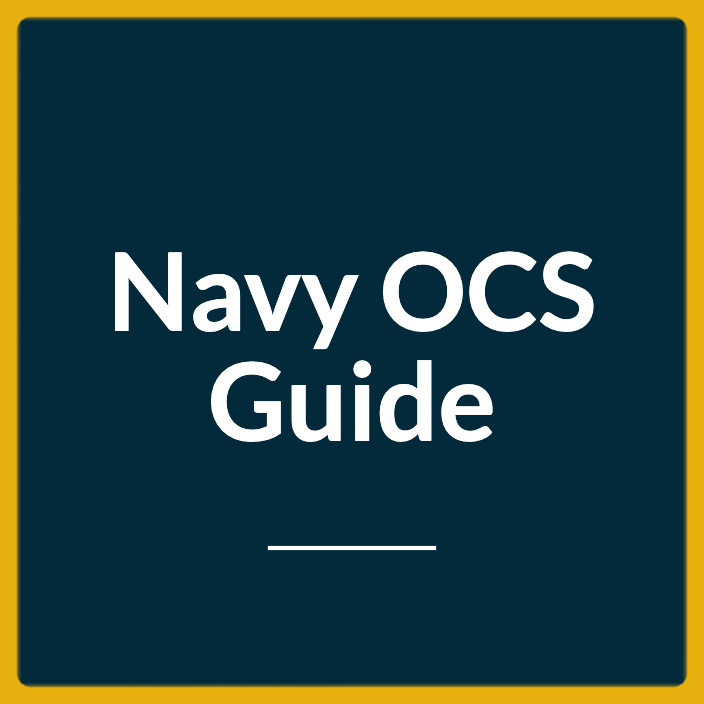Many people wonder if having tattoos will prevent them from being able to serve in the Navy. This article will examine the regulations around this matter and provide answers to any questions about tattoos for Navy officers.
What Type of Tattoos are Prohibited in the Navy?
Tattoos are more accepted now, and the Navy has adjusted its rules. But there are limits.
Neck tattoos? No bigger than an inch. Face, ears, and scalp? Off-limits. Hands? Not allowed when in uniform. And no matter where it is, anything offensive—language, symbols, imagery—is strictly forbidden.
Bottom line: The Navy allows tattoos, but officers are expected to keep a professional appearance. If you’re thinking about getting inked, think twice. Some spots are still a no-go.
Does the Navy Permit Officers to Have Tattoos?
The short answer is Yes. Naval Officers are allowed to have tattoos.

The Navy updated its rules—officers now get the same tattoo privileges as enlisted Sailors. That means visible tattoos below the elbow or knee are allowed. Before, they weren’t.
But not everything goes. Anything beyond the standard policy needs a Commander’s approval. And professionalism still matters. No offensive or distasteful ink. No designs that undermine the uniform.
Tattoos may be allowed, but they aren’t a free-for-all. The Uniform Code of Military Justice still applies. Indecent or obscene body art? That’s a hard no.
At the end of the day, Commanding Officers have the final say. More flexibility, yes. But rules still stand.
Does the Navy Allow Hand, Neck, or Facial Tattoos?
Hand and neck tattoos? Keep them under one inch. Want a bigger neck tattoo? You’ll need a waiver from a recruiting commander.
Face, head, scalp, and ear tattoos? No exceptions. Doesn’t matter how small.
Sleeves? Allowed, but within limits. No offensive symbols or language. And they can’t cover more than 25% of an uncovered body part. Go over that, and you’re looking at potential disciplinary action.
Thinking about becoming a Naval Officer? Talk to a recruiter first. Some tattoos might need approval. Others might disqualify you. And if removal is an option, you’ll want to know whether the Navy covers the cost.
Does the Navy Offer Financial Assistance for Tattoo Removal?
The Navy used to help pay for tattoo removal. Not anymore. Since 2006, if you need ink removed, it’s on you.
That change made some sailors nervous—unauthorized tattoos could mean personal costs or even getting kicked out. But in recent years, the Navy has relaxed its rules, making removal less of an issue.
Still, not all tattoos are allowed. If you’re thinking about joining, check the rules first. Even the Naval Academy allows some body art, but there are limits. Better to know before you commit.
Does Having Tattoos Prevent One to Attend the Naval Academy?
In 2021, the Naval Academy loosened its tattoo rules. Candidates can now have tattoos on their arms and legs—no issue there.
But head, face, neck, and hand tattoos? Still a hard no.
Even with the relaxed policy, tattoos can affect career options. If you’re thinking about applying, check with a recruiter first. Better to know where you stand before you start the process.
Navy Tattoo Policy
On March 31, 2016, the Navy changed its tattoo policy—opening the door for more recruits and giving Sailors more freedom with body art.
Neck tattoos? Allowed, within size limits. Sleeve tattoos? No longer a problem. The Navy recognized that tattoos are common and adjusted its rules to match reality.
Before, sleeve tattoos could keep Sailors from jobs at Recruit Training Command and Recruiting Command. Not anymore. The new policy removed those restrictions.
But not everything goes. Tattoos can’t be prejudicial to discipline, morale, or the Navy’s image. Commanding Officers still have the final say, and military law applies. If your ink crosses the line, expect consequences.

